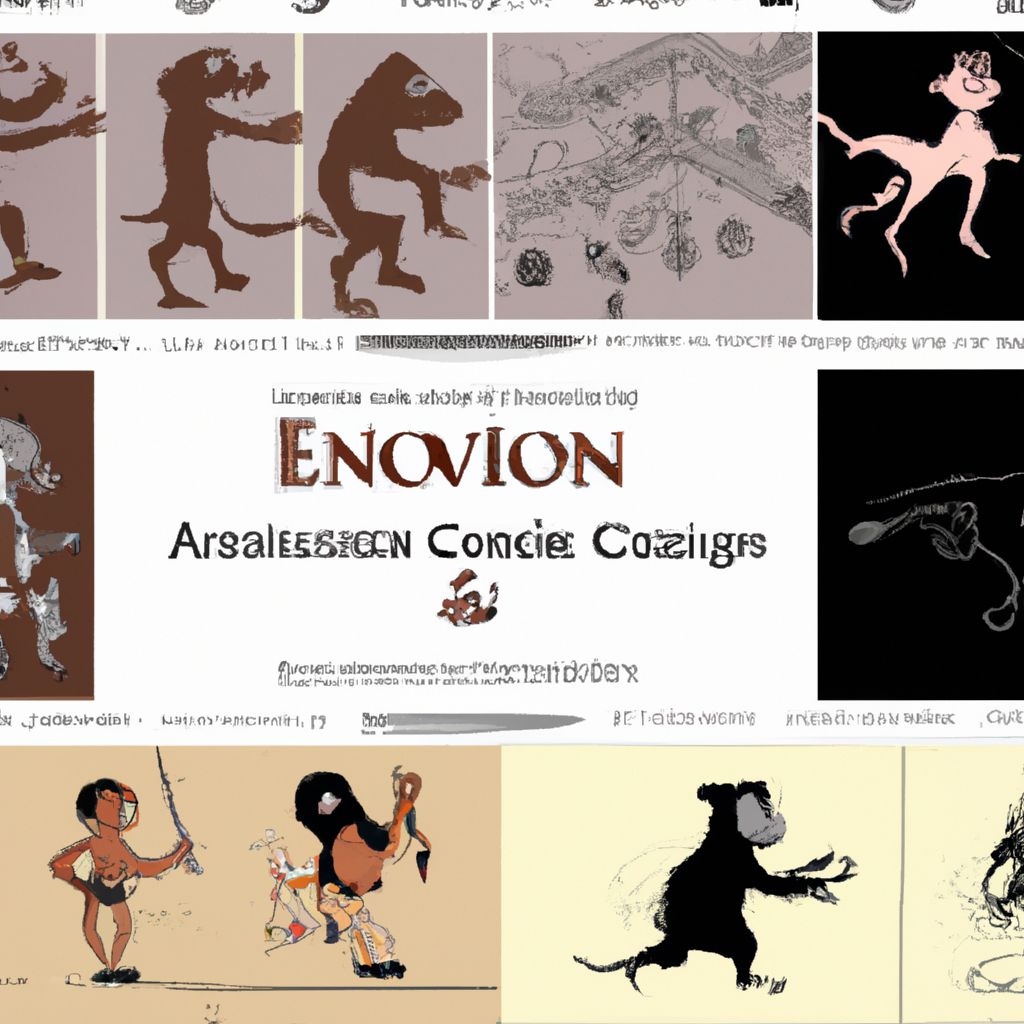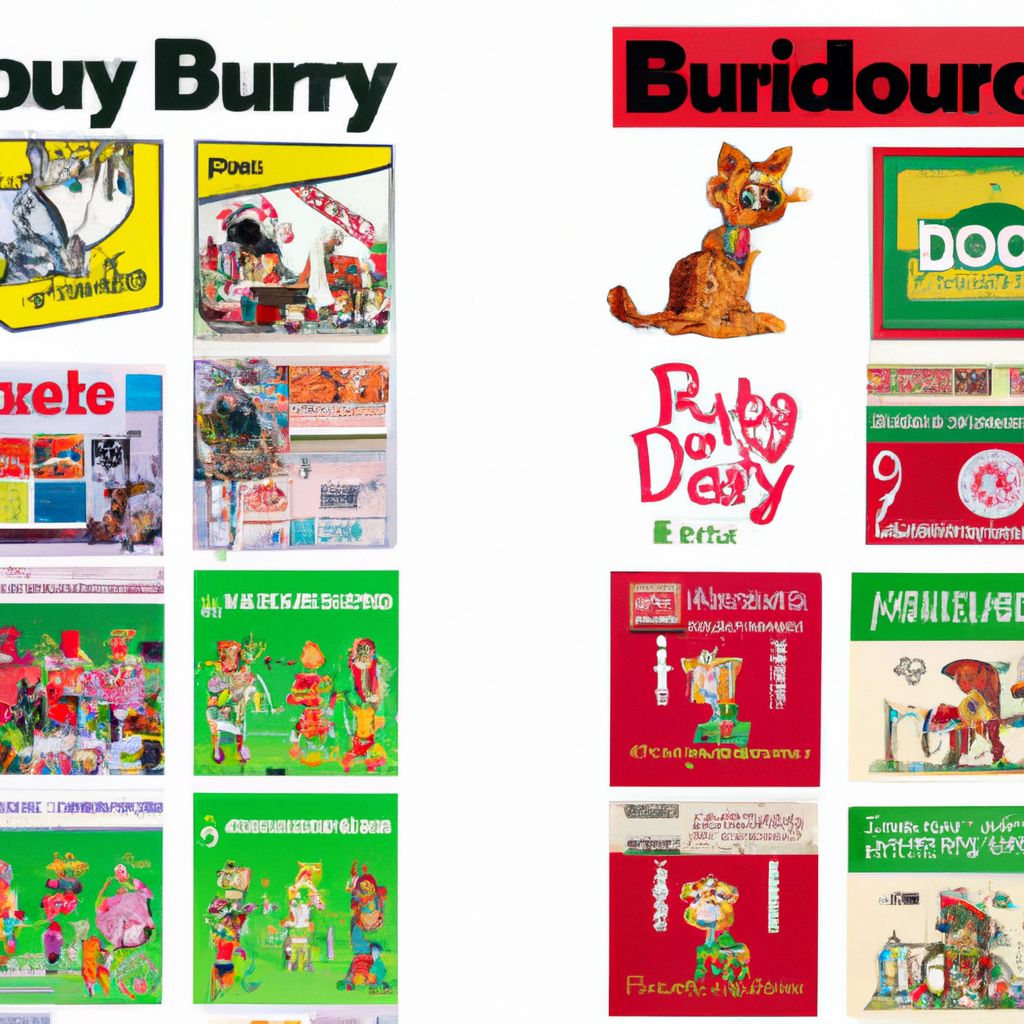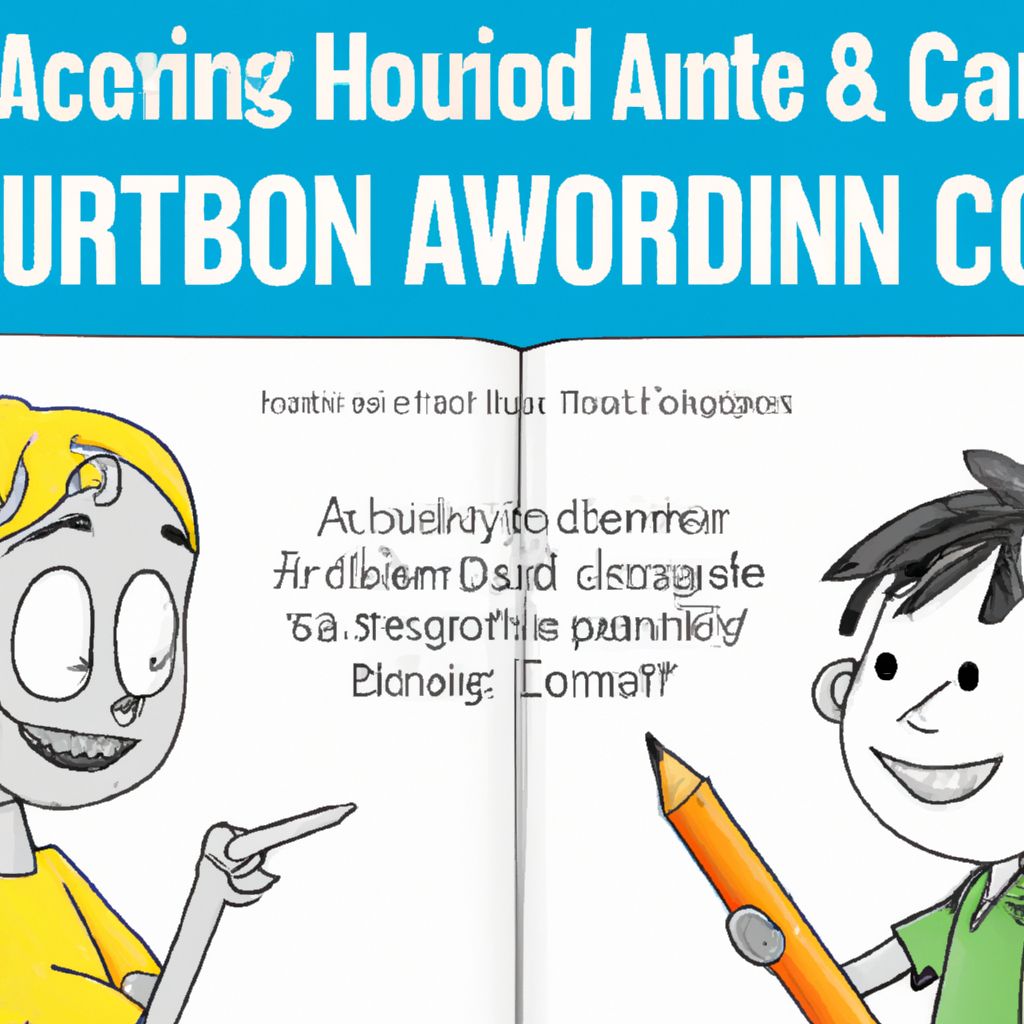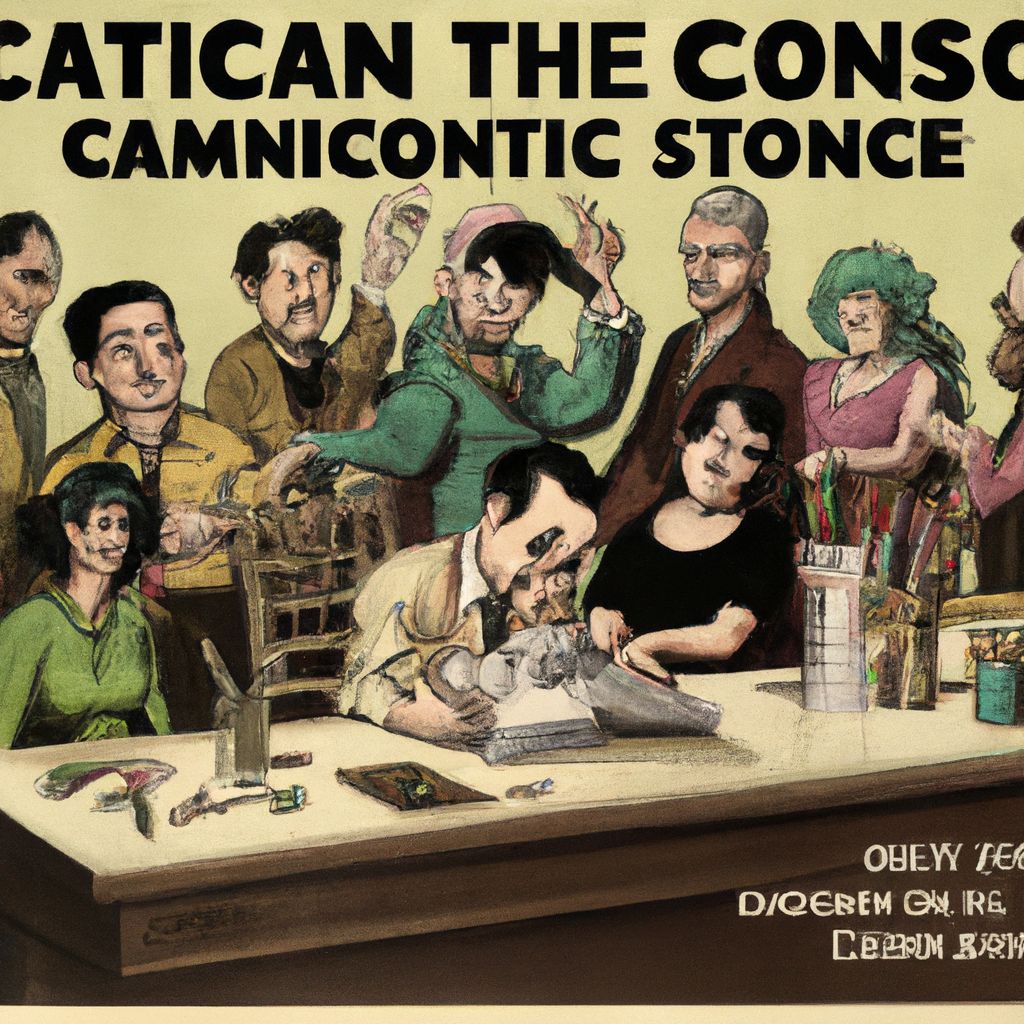- Introduction to Cartooning
- Early History of Cartooning
- Cartooning in the Middle Ages and Renaissance
- Cartooning in the Modern Era
- Cartooning in the Digital Age
- Impact of Cartooning on Society
- Conclusion: The Evolution of Cartooning
Introduction to Cartooning
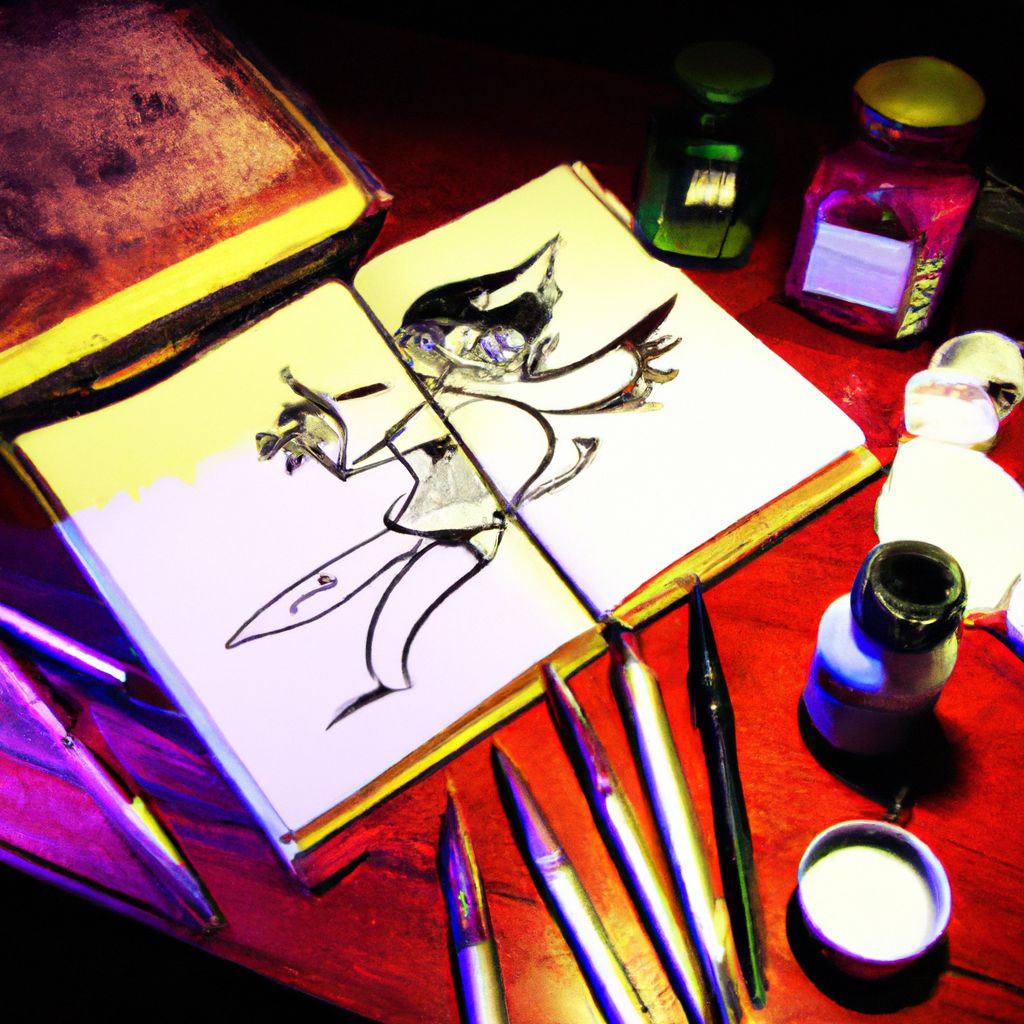
The art of cartooning holds a significant position in the history of visual arts, marking its profound impact across generations. The term 'cartooning' is derived from the Italian word 'cartone,' meaning a large piece of paper. It is an art form that uses images to communicate, tell stories, or make a commentary on society, politics, and culture.
Cartooning, in its essence, is a form of expression that goes beyond words. It is a unique blend of satire and humor, often used to highlight issues or convey messages in a light-hearted yet impactful way.
This art form has evolved significantly over the centuries, adapting to cultural changes, technological advancements, and changing societal norms. From the early caricatures and satirical sketches to the modern-day digital cartoons and animations, the journey of cartooning is a fascinating study of artistic evolution.
"Cartooning, the art of making pictorial statements in a precise, often humorous way."
- Britannica
Cartooning is not just an art form; it's a powerful tool of communication. It has the ability to simplify complex issues and present them in a format that is easy to understand and relate to. Moreover, it has a wide appeal, reaching out to audiences of all ages and backgrounds.
The importance of cartooning in the history of visual arts cannot be overstated. It has been a medium for political satire, social criticism, and cultural commentary, reflecting societal changes and trends over the years. It has also played an essential role in entertainment, bringing joy and laughter to millions of people around the world.
In the following articles, we will delve deeper into the evolution of cartooning, exploring its historical roots, development, and its impact on society.
Early History of Cartooning
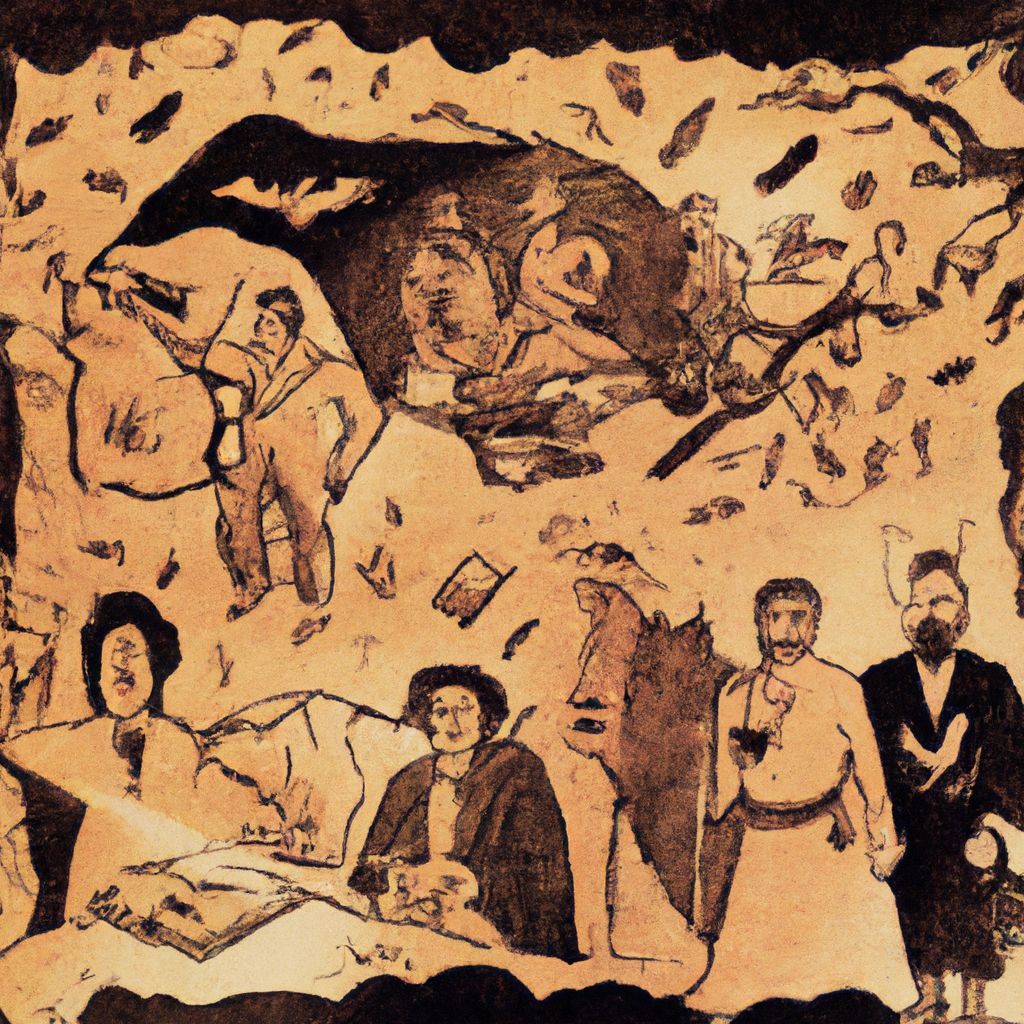
The history of cartooning is as rich and diverse as the art form itself. The origins of cartooning can be traced back to ancient times, with the earliest known cartoons being the cave paintings and hieroglyphics of ancient civilizations. These early forms of cartoons were simple, crude representations, yet they served the purpose of communication and storytelling.
The first known modern cartoons emerged in the Middle Ages, with Leonardo da Vinci's caricatures being among the most notable. These caricatures were exaggerated depictions of people, often used to mock or satirize them.
"Da Vinci's Caricatures & Characters are examples of his ability to observe humans in an analytical way, showing his interesting sense of humor."
-LeonardoDaVinci.net
As time progressed, the art of cartooning evolved into a more sophisticated form. In the 18th century, English artist William Hogarth used sequential art to create moral and satirical narratives, a technique that greatly influenced the development of comic strips in later years.
By the 19th century, cartooning had become a popular medium for political commentary and satire, thanks to the work of artists like Honore Daumier and Thomas Nast. Daumier's lithographs and Nast's editorial cartoons are considered some of the finest examples of early political cartoons.
It was also during this period that the caricature style of cartooning became widely popular, with its exaggerated features and expressions used to ridicule or parody public figures and societal norms.
The evolution of cartooning styles and techniques during this early period was largely influenced by social, political, and technological changes. From the crude drawings of ancient cave paintings to the sophisticated caricatures of the 19th century, the history of cartooning is a testament to the adaptability and versatility of this art form.
In the next article, we will look at the advent of the 20th century and how advancements in printing technology and the rise of mass media led to the Golden Age of cartooning.
Cartooning in the Middle Ages and Renaissance
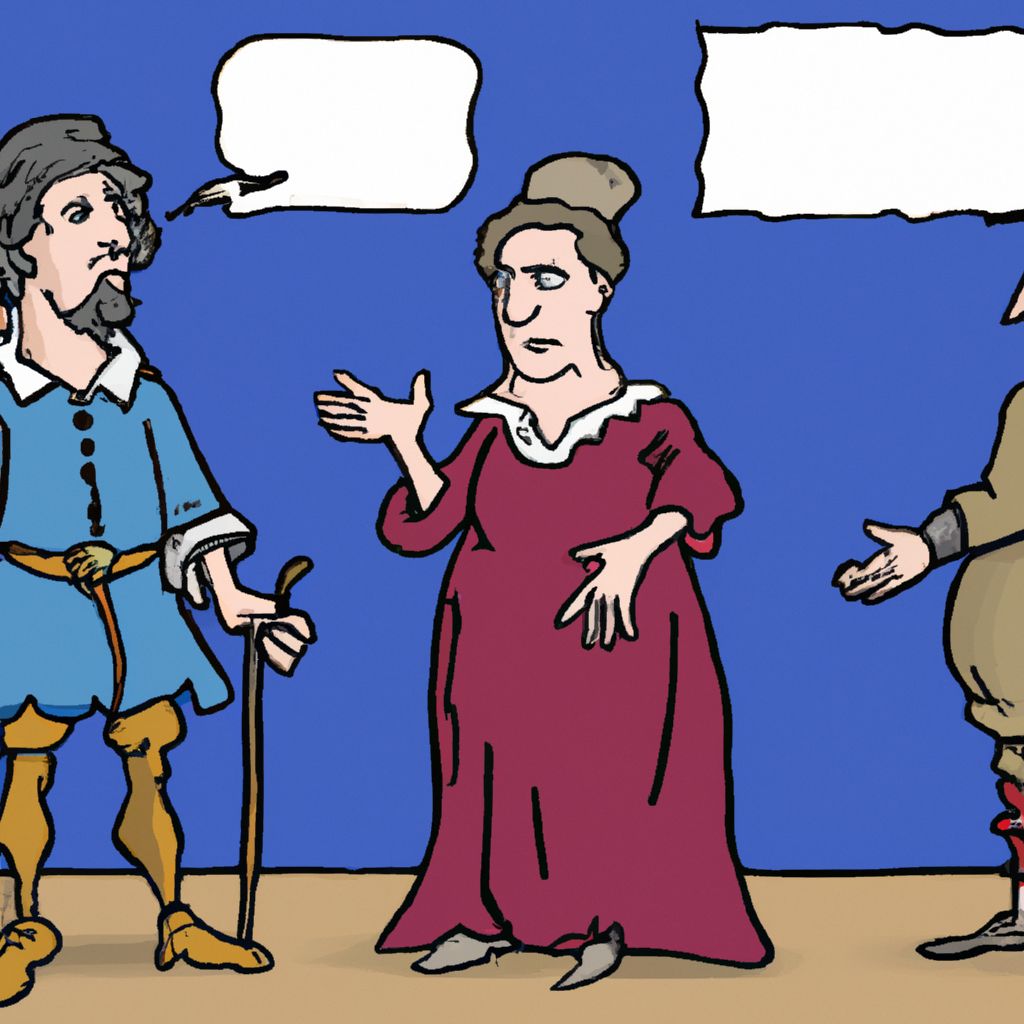
During the Middle Ages and the Renaissance, the art of cartooning witnessed significant developments. It was during these periods that cartooning began to evolve from simple drawings and caricatures to more complex narratives and commentaries.
In the Middle Ages, cartoons were primarily religious in nature, used as a means of illustrating biblical stories and moral teachings. These were often seen in illuminated manuscripts and stained-glass windows. However, the tradition of caricature also flourished during this period, with artists like Hieronymus Bosch known for his satirical and symbolic works.
"Hieronymus Bosch, brilliant and original northern European painter whose work reveals an unusual iconography of a complex and individual style."
- Britannica
With the advent of the Renaissance, the scope of cartooning expanded. This was an era marked by great intellectual and artistic awakening. Cartooning, like other art forms, was influenced by this cultural revolution.
Leonardo da Vinci, a Renaissance polymath, made significant contributions to the evolution of cartooning. His caricatures, often grotesque and exaggerated, marked a departure from the traditional religious themes of the Middle Ages. They were a reflection of the changing societal norms and the increasing focus on individual expression.
"Leonardo da Vinci, famous for his paintings, also sketched bizarre caricatures in his notebooks, exploring the range of human emotion."
- LeonardoDaVinci.net
Political commentary also began to emerge as a significant aspect of cartooning during the Renaissance. Artists used cartoons as a tool for social critique, often targeting the powerful and influential. This trend continued into the subsequent centuries, becoming a defining characteristic of modern cartooning.
The Middle Ages and the Renaissance were pivotal periods in the evolution of cartooning, laying the foundations for the art form as we know it today. In the following articles, we will explore how these foundations were built upon during the later periods, leading to the Golden Age of cartooning and beyond.
Cartooning in the Modern Era
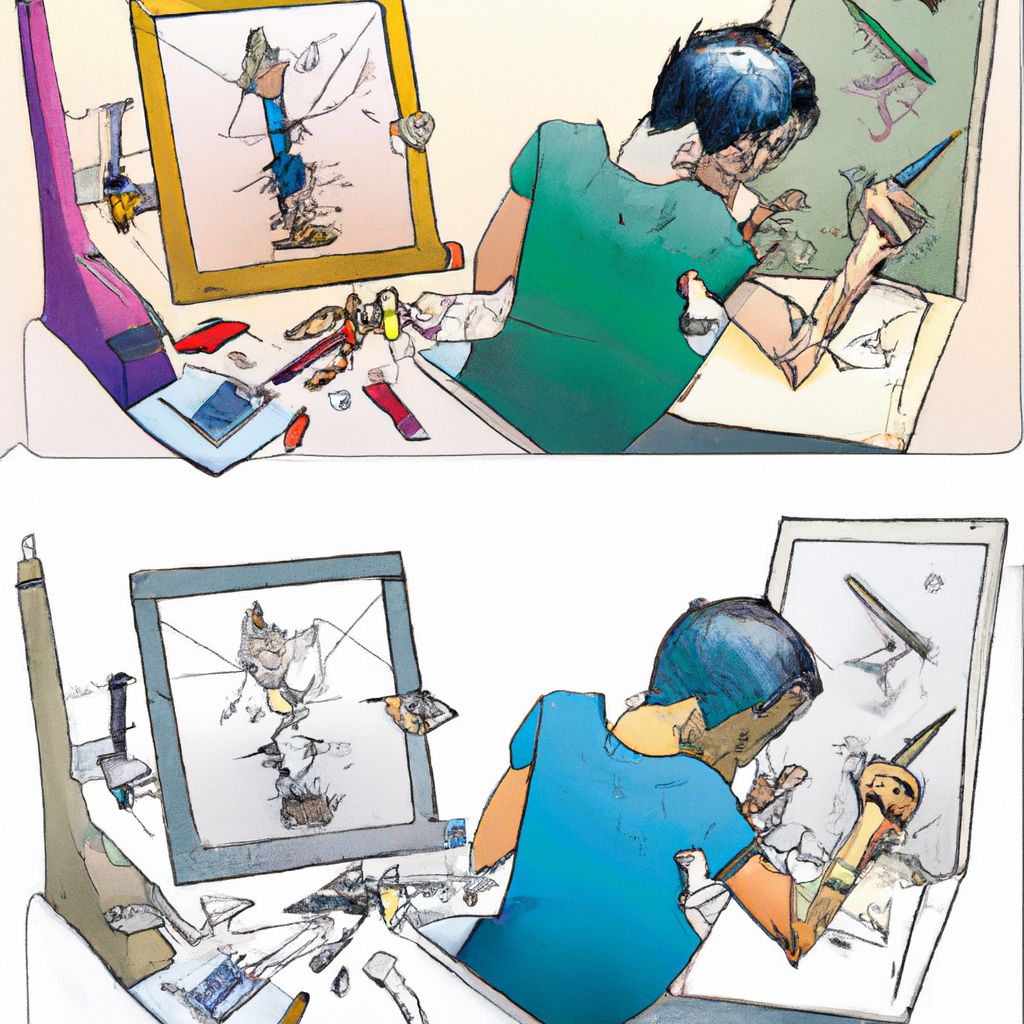
The modern era, particularly the 20th and 21st centuries, witnessed a transformative period in the history of cartooning. The advent of industrialization, the growth of mass media, and technological advancements had a profound impact on this art form.
The late 19th and early 20th centuries saw the emergence of the comic strip, a sequential narrative form of cartooning that gained immense popularity. This was largely facilitated by the growth of newspapers and magazines, which provided a wide platform for artists to reach a large audience.
"The comic strip is essentially a mass medium, printed in a magazine, a newspaper, or a book."
- Britannica
One of the earliest and most influential comic strips was R. F. Outcault's "The Yellow Kid", which is often credited as the first true comic strip. This was soon followed by other iconic comic strips like "Katzenjammer Kids", "Little Nemo in Slumberland", and "Krazy Kat".
Another significant development of the modern era was the advent of animated cartoons. With the invention of the motion picture and television, cartoons found a new medium of expression. The early 20th century saw the creation of Walt Disney's "Mickey Mouse" and Warner Bros.' "Looney Tunes", marking the beginning of the Golden Age of American animation.
"The development of animated cartoons, which changed the face of cinema and television."
- Britannica
The influence of technology on cartooning continued into the 21st century, with the advent of digital art. Today, artists use computer software to create digital cartoons and animations, opening up new possibilities for this art form.
The modern era has indeed been a period of growth and transformation for cartooning, pushing the boundaries of this art form and expanding its reach and influence. In the upcoming articles, we will delve deeper into the various aspects of modern cartooning, including the rise of political cartoons, the impact of digital technology, and the future prospects of this ever-evolving art form.
Cartooning in the Digital Age
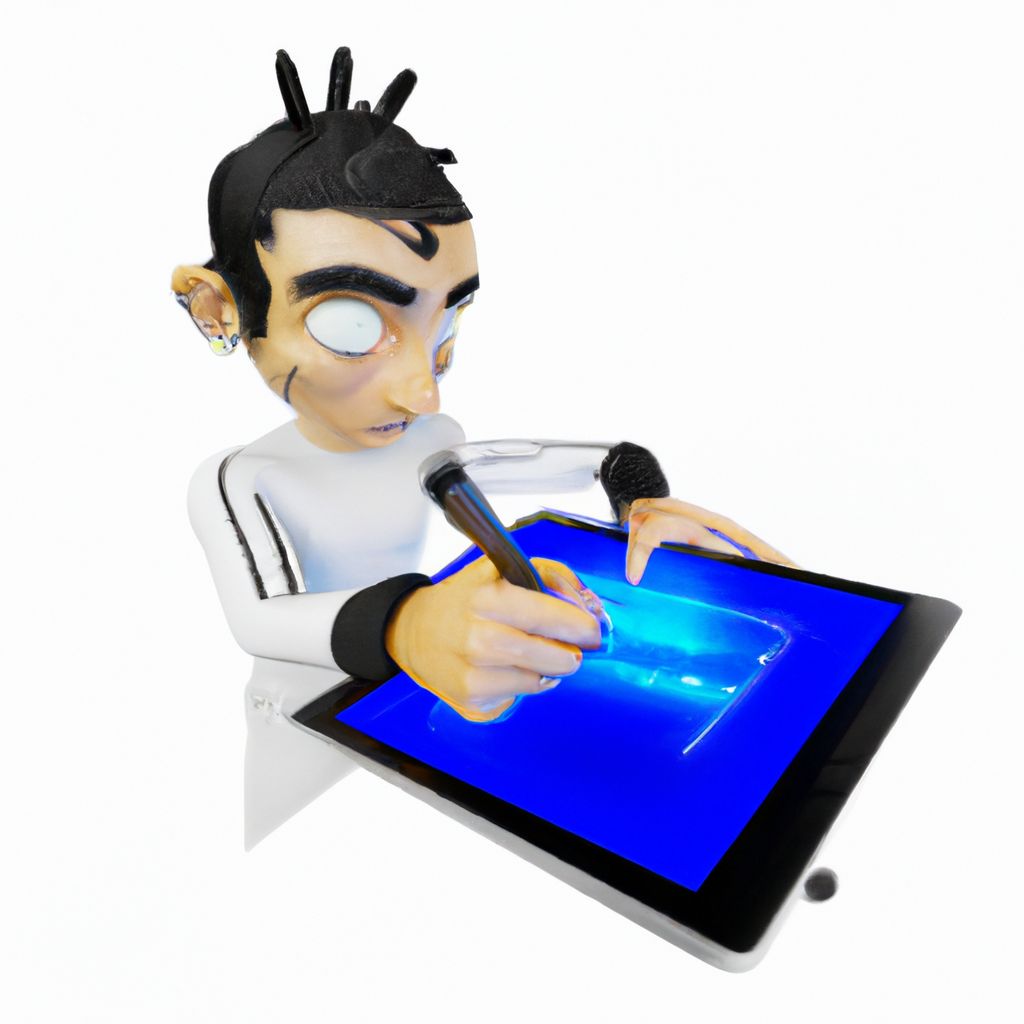
The digital age has revolutionized the world of cartooning, introducing new tools and techniques that have transformed the way cartoons are created and consumed. The advent of computer software, digital drawing tablets, and online platforms has expanded the possibilities of this art form, allowing for greater creativity and flexibility.
One of the most significant developments in digital cartooning is the advent of 3D animation. This technology allows artists to create cartoons with depth and dimension, resulting in a more realistic and immersive viewing experience. Pixar's "Toy Story", the first full-length 3D animated film, marked a milestone in the history of cartooning.
"Toy Story, released in 1995, introduced a new era in animated storytelling with 3D animation."
- Pixar
Along with 3D animation, digital platforms have also played a crucial role in the evolution of cartooning in the digital age. Websites, blogs, social media platforms, and online magazines have provided cartoonists with a global platform to showcase their work, reach a wider audience, and interact with their viewers.
Software applications like Adobe Illustrator and Procreate have become essential tools for cartoonists, enabling them to create high-quality digital cartoons with ease. These tools offer a wide range of features like layers, brushes, color palettes, and effects, which help artists bring their creative ideas to life.
The future of cartooning in the digital age looks promising. With advancements in technology, we can expect to see more innovative and engaging forms of cartooning. Virtual reality (VR) and augmented reality (AR) are emerging technologies that have the potential to take cartooning to new heights, offering immersive and interactive experiences.
As we move forward, it is clear that the digital age will continue to shape the future of cartooning, offering new opportunities and challenges for artists. In the next articles, we will delve deeper into the various aspects of digital cartooning, exploring its potential and its impact on society.
Impact of Cartooning on Society
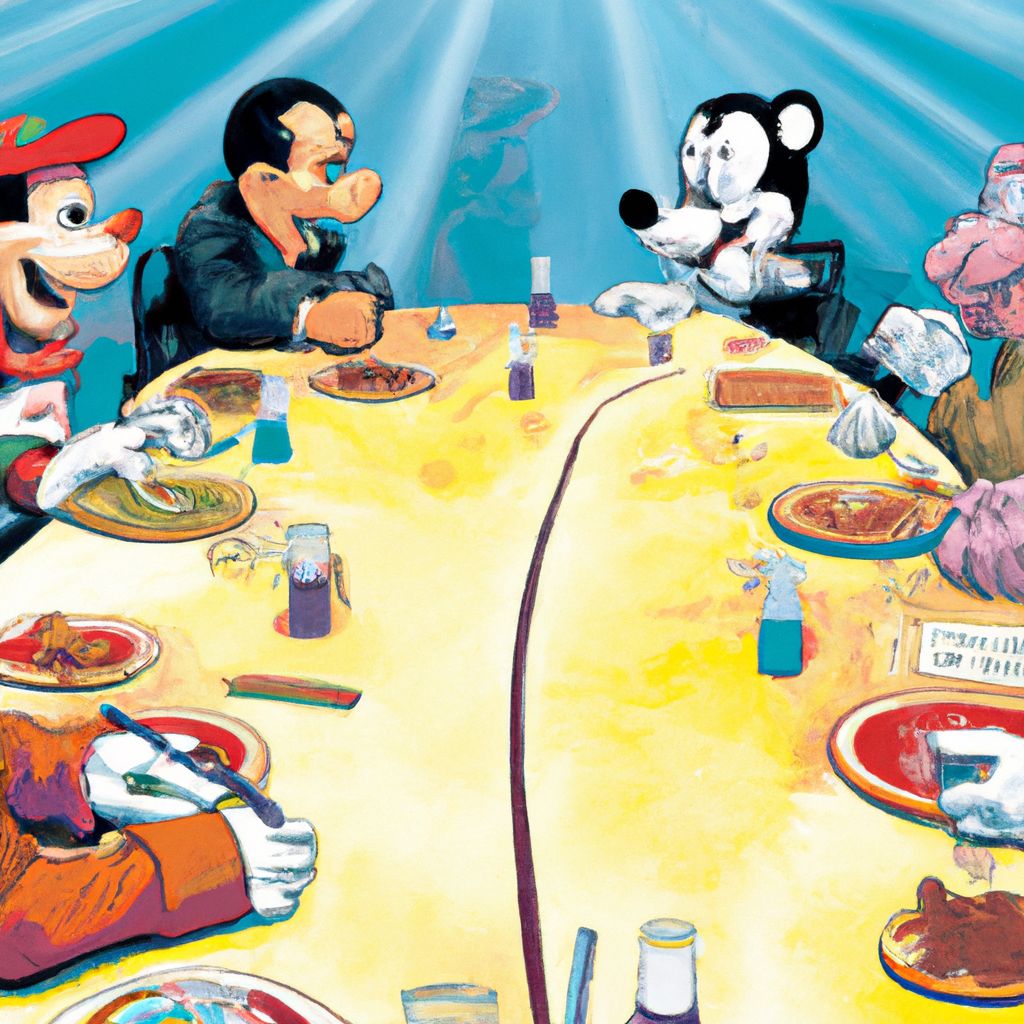
Cartooning holds a unique place in society as a powerful tool for political and social commentary. Through humor, satire, and clever visual cues, cartoons have the ability to convey complex ideas in a simple and accessible manner. They often act as a mirror to society, reflecting the issues, trends, and sentiments of the time.
Political cartoons have played a significant role in shaping public opinion throughout history. They often use caricature, symbolism, and satire to critique or question political leaders, policies, and events. The works of renowned cartoonists like Thomas Nast and David Low have had a profound impact on politics, influencing the course of events and shaping public discourse.
"Thomas Nast, American cartoonist, best known for his attack on the political machine of William M. Tweed in New York City in the 1870s."
- Britannica
However, the power of cartoons to influence public opinion has also led to controversy and censorship. Cartoons can, at times, be provocative and contentious, leading to debates about freedom of expression and political correctness. Instances of cartoons sparking protests, legal battles, and even threats to the cartoonists are not uncommon.
Despite these challenges, cartoonists continue to use their art to speak truth to power, challenge norms, and provoke thought. They play an essential role in democratic societies, acting as a check on power and giving voice to the voiceless.
Further, cartoons are not just about politics and social commentary. They also play a significant role in education and entertainment. Educational cartoons help simplify complex topics for children, while animated cartoons and comic strips provide entertainment to millions of people around the world.
Cartooning, undoubtedly, has a profound impact on society. As we delve further into the evolution of cartooning, we will explore more about its role, its challenges, and its influence in the upcoming articles.
Conclusion: The Evolution of Cartooning
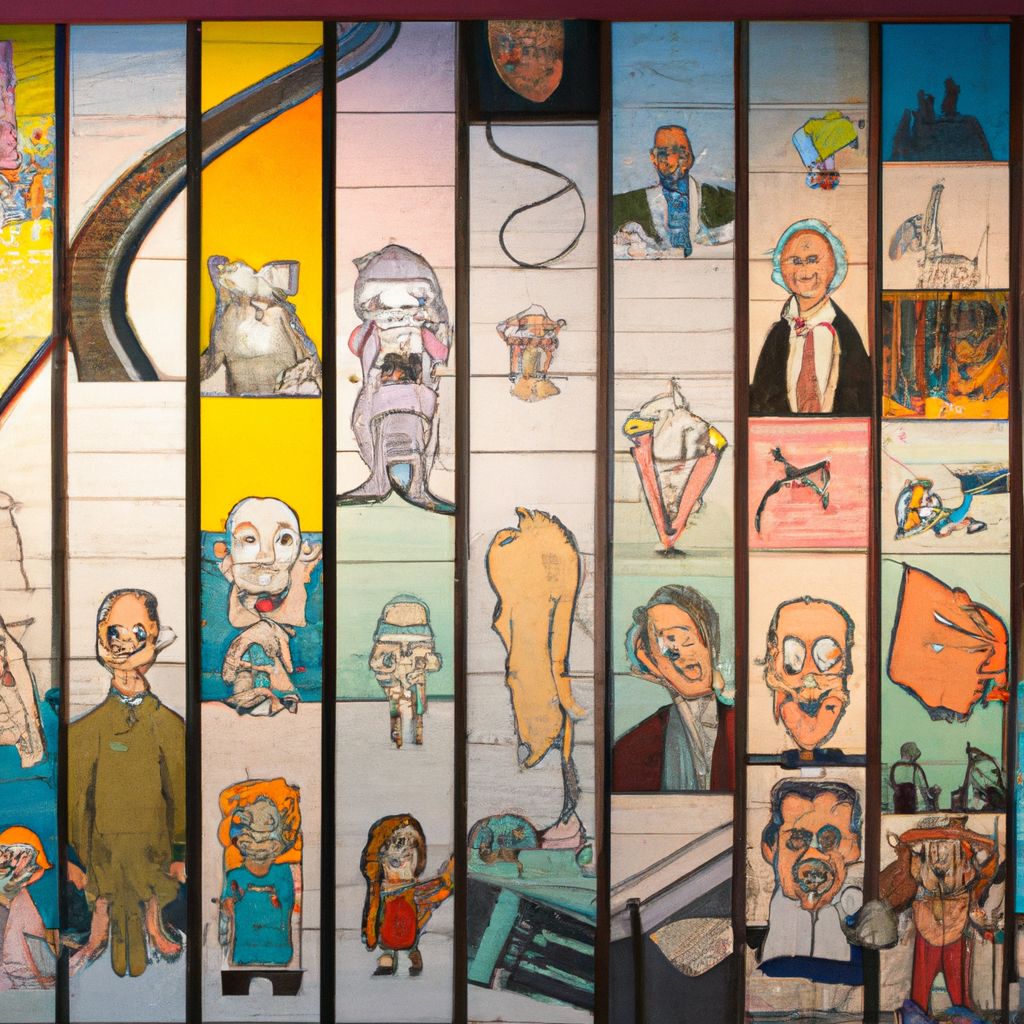
The evolution of cartooning is a fascinating journey that spans centuries and cultures. From its humble beginnings in cave paintings and hieroglyphics to its modern iterations in digital animations and 3D films, cartooning has continually adapted to reflect and shape the zeitgeist of each era.
Over the ages, cartooning has transcended its role as a simple form of artistic expression. It has emerged as a powerful tool for communication, education, and social commentary. Its ability to simplify complex messages, evoke emotions, and provoke thought has made it an integral part of arts and culture.
"Cartoons have evolved into a potent tool for communication and a medium of cultural and historical representation."
- Britannica
The impact of cartooning on society cannot be overstated. It has played a crucial role in shaping public opinion, highlighting social issues, and critiquing political ideologies. Despite facing controversies and censorship, cartooning has remained resilient, continuing to push boundaries and challenge norms.
As we look towards the future, the potential for cartooning seems boundless. With advancements in technology, such as virtual reality (VR) and augmented reality (AR), we can expect to see new forms of cartooning that offer more immersive and interactive experiences. Digital platforms will continue to expand the reach of cartoons, providing artists with a global audience and a platform to showcase their work.
In conclusion, cartooning, with its rich history and its potential for innovation, remains a vibrant and vital form of artistic expression. Its evolution is a testament to the power of creativity and the enduring appeal of visual storytelling.


